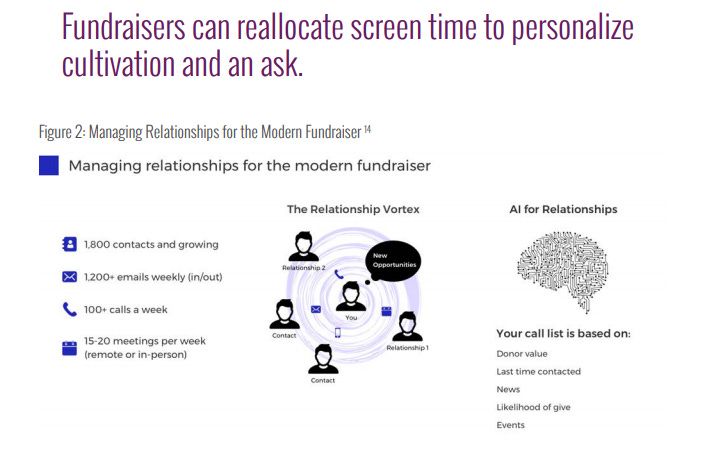Three Things for the week of November 16, 2020
Three items from journalism, media and the nonprofit sector worth noting.
A Best Practice Guide for Journalists Using Twitter During A Crisis
In September, Drs. Amber Hinsley and Jyunmin Lee published a study examining how journalists use Twitter during crises and how audiences respond to those tweets. Hinsley is an assistant professor at Texas State University’s School of Journalism and Mass Communication and Lee is an associate professor at Drexel University’s Department of Communication.
The authors studied messages from local journalists tweeting during four crises including two shootings and two natural disasters. The research noted that the platform can be of use in sharing useful information in the midst of crisis events.
The American Press Institute’s Marley Duchovnay notes that there were a number of findings from the study with the most practical applications for journalists focused on three priorities:
“Relay frequent, factual updates and even repeat information to ensure it does not get drowned out in the volume of tweets related to the crisis.”
“Have staff dedicated to answering questions on social media to help alleviate concerns about the disaster.”
Personal commentary from reporters about a crisis is best received when it focuses on community unity and healing. However, public sentiment on a topic may affect how reporters should approach the topic.
The report was published in the Newspaper Research Journal and studied messages from journalists covering flooding in West Virginia and forest fires in Northern California, the Pulse nightclub shooting in Orlando, Florida and the protests in Ferguson, Missouri following the shooting of Michael Brown.
Trust Is Becoming Less Important in Donor Decisions, Study Finds
The nonprofit sector has been considered among the most trusted institutions in the United States, however Give.org Donor Trust Report 2020 notes that while trust is still considered highly important in the giving process, the research suggest that reliance on trust as a giving indicator has eroded in the past 3 years, with the portion of respondents who rate the importance of trusting a charity before giving decreasing from 73.0% in December 2017, to 69.8% in December 2018, and to 65.4% in December 2019.
The report notes how COVID-19 has altered the way people think about doing good during 2020. When asked to consider which forms of giving they hope to increase, participants are more likely to say they want to support good business or social enterprise ventures (with 19.8% in August 2020 as compared to only 5.1% in December 2019) and to give to family and friends directly (with 28.0% in August 2020 as compared to only 16.8% in December 2019).
AI4Giving that offers the potential to inform and activate new and existing donors
Earlier this fall Allison Fine and Beth Kanter produced a fascinating research paper outlining ways that nonprofits are beginning to use Artificial Intelligence (AI) to increase giving. The research looked at how nonprofits can use AI to increase giving and improve the donor experience such things as:
Facilitating the connection between everyday givers and nonprofits,
Advising program officers and major donors on making more-strategic philanthropic investments, and
Automating internal reporting and other administrative tasks.
Fine and Kanter stress that the most exciting opportunity AI4Good presents is freeing staff from administrative and rote tasks to focus on other activities in order to direct more time and effort to strengthening relationships with doers and donors.
The report warns though that as much of an opportunity to use AI to transform philanthropy, the standard model of fundraising that is often transactional and has led to a crisis in donor retention.




